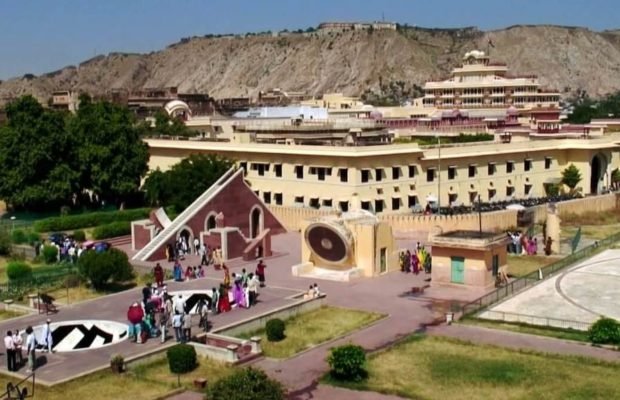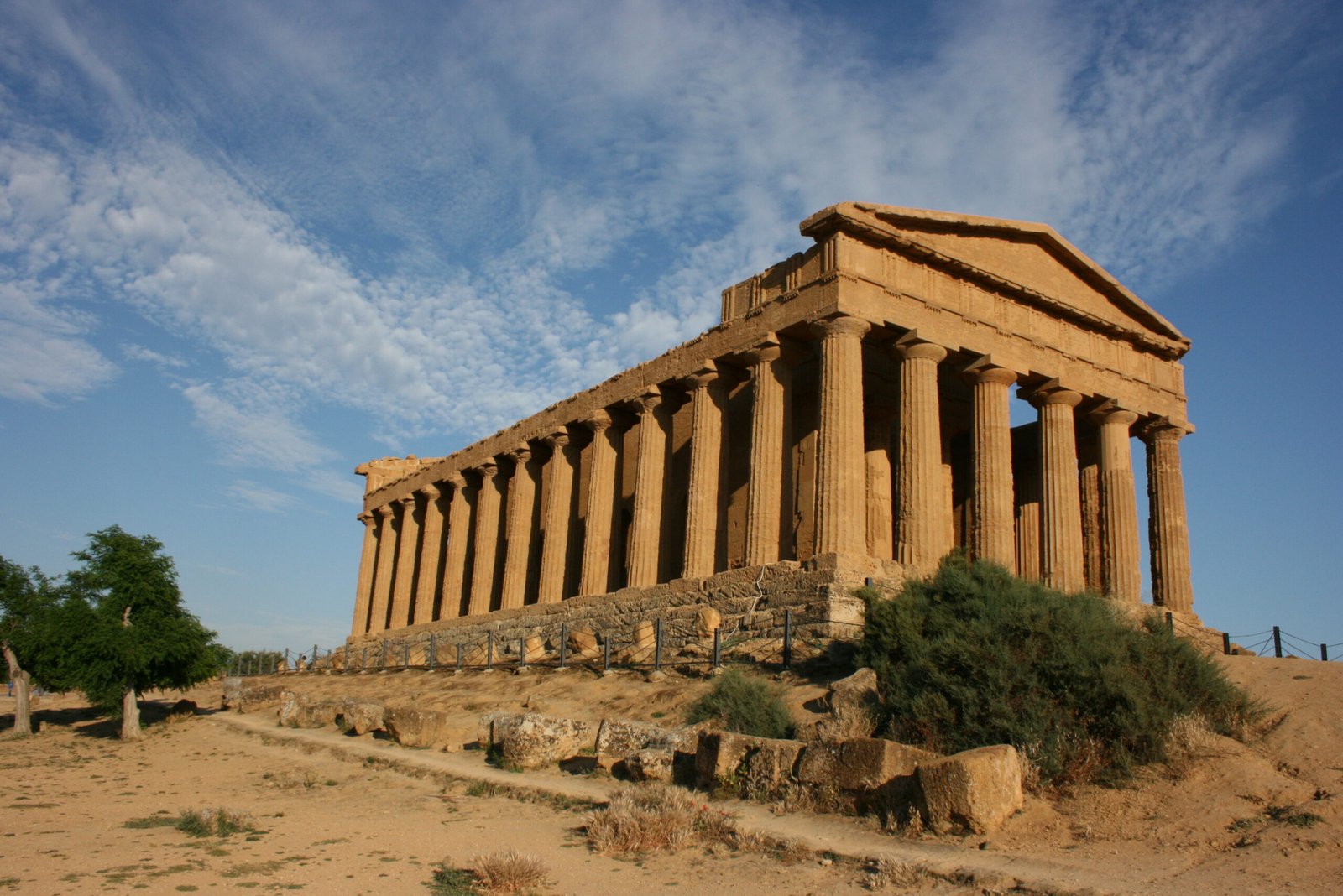Jantar Mantar is the largest astronomical observatory museum in Jaipur and all over the world. Jantar Mantar was constructed by Maharaja Sawai Jai Singh II and not only this he constructed totally five observatories.
This museum was spotted as UNESCO World Heritage Site. This place is mostly lovable by architects, geographers, mathematicians, and historians. The architectural style of Jantar Mantar Museum is also admirable to see.
History of Jantar Mantar
Jantar Mantar was constructed by Maharaja Sawai Jai Sing II in the year 1728-1734. It is the must visit observatory to you should visit in your Jaipur Tour. Not only this, five observatories are constructed by him among them Jantar Mantar is the largest one.
Maharaja Sawai Jai Sing II is also a scholar in physics, mathematics, and astronomy. Once he was asked by Emperor Mohammed Shah to rectify the astronomical calculations in Islamic Zij tables. To complete this task he gathered astronomical data from Persian and European nations.
After a very deep research he constructed this observatory museum to point out the orbit of planets and to measure time. All these observatory instruments were constructed by stones and these instruments are so accurate.
Attractions in Jantar Mantar
This observatory museum comprises totally 19 instruments to measure the position and distance of terrestrial bodies.
Vrihat Smarat Yantra is the huge sundial in the world with 27m long. This instrument measures the time up to the precision of two seconds and this monument is used to calculate the local time. This is the major attraction of the Jantar Mantar. The similar Yantra to Vrihat is the Laghu Smarat Yantra this one also calculates the time.
Ram Yantra was used to measure the elevations and the azimuth of sun and planets. Jaya Prakash Yantra is also similar to Ram Yantra to calculate the elevation, hour angles, and azimuth of the celestial bodies. Chakra Yantra is a ring structure which measures the declination of the Sun on four times in a day.
Digamsa is the famous pillar in between of two concentric outer circles to predict the sunrise and sunset timings. Nadivalaya is an instrument with a pair of circular plates which represent the two hemispheres of the Earth. This instrument is always parallel to Earth’s equatorial plane. Karnti Vritya is a special instrument to measure the solar sign of the sun in the daytime.
These are the major attractions of the Jantar Mantar to see. It is better to take a local guide for clear clarification about the instruments.
Best Time To Visit
The best time to visit the Jantar Mantar is at noon time. During the afternoon, we can easily understand the working and importance of the instruments. Because during mid-day Sun will fall vertically above.
How to Reach Jaipur
Jantar Mantar was located in Tripoliya Bazar, in Jaipur and near to Hawa Mahal and City Palace. To reach Jantar Mantar by air means Jaipur International airport within a distance of 12kms to Jantar Mantar. By rail means you can reach by Jaipur Railway station within a 5kms distance. If you proffered by rail then you can book Maharaja Express train which will take you to Jaipur and make you experience royalty with onboard luxury services. By road means you can reach by taxis, regular buses etc because Jaipur is well connected to different cities.
Timings and Entry Fee of Jantar Mantar
Jantar Mantar will be opened from 9:00 AM to 4:30 PM every day. The average time to see the whole Jantar Mantar in 30 to 45 minutes.
Entry fee for Indians is 50Rs and for foreigners is 200Rs. The entry fee for Indian students is 25Rs and for International students is 25Rs. But student ID proof is required.
Conclusion
Jantar Mantar is the defined place to experience the historical observatory in India.





